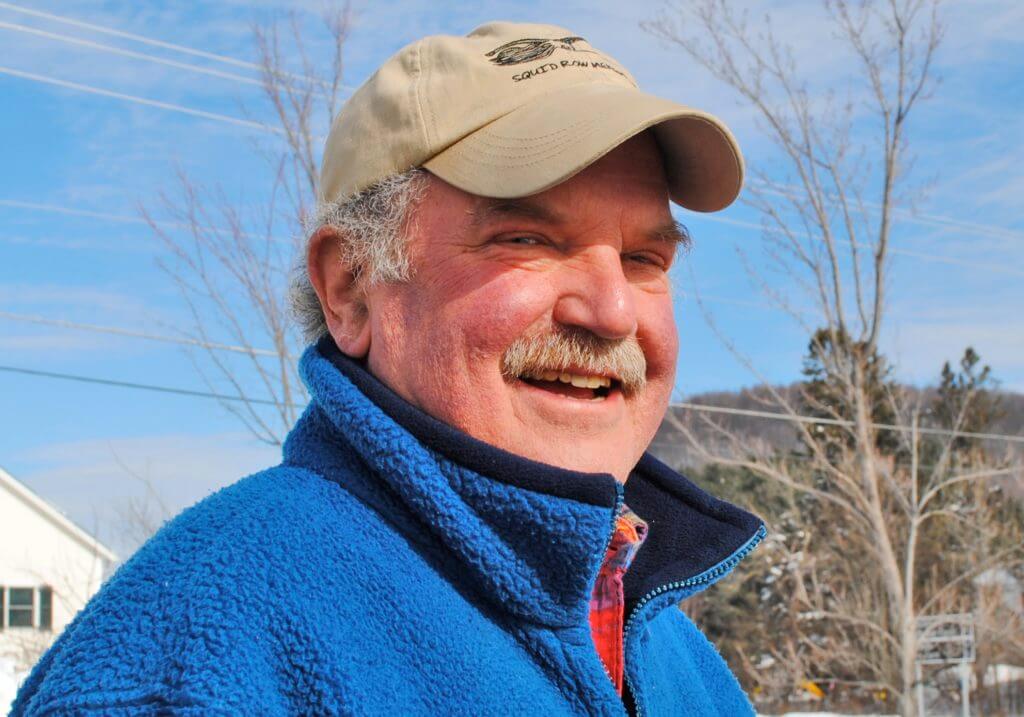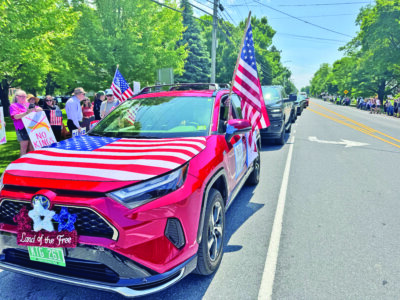Rolling Thunder, bombs and music

In a soldier’s stance, I aimed my hand
At the mongrel dogs who teach
Fearing not I’d become my enemy
In the instant that I preach
My existence led by confusion boats
Mutiny from stern to bow
Ah, but I was so much older then
I’m younger than that now.
~ Bob Dylan, “My Back Pages”
It was 1975, and the now Nobel Prize laureate Bob Dylan decided he wanted to do a concert tour, barnstorming the country with a batch of fellow (and lady) musicians in what last Sunday’s New York Times calls an “Anarchic Medicine Show.” Martin Scorsese has made a movie of it that chronicles what Allen Ginsburg describes as “a circus atmosphere, dog and pony show.” The article is headed by a picture of Dylan in whiteface and flowered hat, on guitar leading a band that included Joan Baez, Ramblin’ Jack Elliott, Levon Helm, Joni Mitchell, T-Bone Burnett, Roger McGuin and Bob Neuwirth, later in the tour joined by musicians such as Scarlet Rivera, Rob Stoner and drummer Howie Wyeth.
The tour fell into two pieces: The first in fall 1975 covered northeast United States and Canada; the second went south and southwest in the U.S. in the spring of 1976. Dylan said his idea for it grew from a desire to “play for the people,” those who could not afford high ticket prices for his larger concerts or for whom distance and/or time may have been inconvenient.
He claims that the idea for the name of the tour, the Rolling Thunder Review, came after a thunderstorm brought on continuous rolling from the sky one day.
The name, however, is what drew me to reading about it because only six years previously I had been involved in a “Rolling Thunder” operation of quite a different nature—certainly less enjoyable by the audience and often by the members of the Navy fighter pilots and crews that were leading it—it being bombing runs off the coast of North Vietnam.
As a secret-material yeoman and a flight-talker during these bombing runs, I often learned the psychic toll taken on individuals during wartime, especially among pilots who, while well above human conflict, often felt war was more like a game than a death trip.
My aircraft carrier joined Rolling Thunder in 1966 after the Pueblo incident sent us to the Gulf of Tonkin off Vietnam rather than to Korea. Apparently, we were not threatening enough to the Koreans, and our government felt that a much larger (and the first nuclear) carrier was a better deterrent than we were. So, we headed south in the East China Sea and joined the attack fleet of “Operation Rolling Thunder.”
We carried out our flight operations from between the Island of Hainan and the coast of what was then North Vietnam.
Rolling Thunder grew in part as a response to a Viet Cong attack on a U.S. air base at Pleiku in 1965. President Lyndon Johnson wanted to get back at the northerners for that incident and believed that aerial assaults on them were the way to do it. He said that bombing Communist airfields might lead the North Vietnamese government to accept a non-Communist government in the south more readily.
By the time my ship arrived in the Gulf, our pilots were bombing industrial targets and airfields throughout North Vietnam. The only places that were off-range were the actual cities of Hanoi and Haiphong as well as a buffer strip between Vietnam and China. Not only was China a friend of North Vietnam’s but it supplied the North with a solid air-defense system that created the danger for our pilots. Surface-to-air missiles and anti-aircraft batteries caused my ship to lose 12 pilots in Rolling Thunder, a relatively small number in light of the hundreds who were shot down overall, however. We, in turn, bombed airfields, shipyards, oil-storage facilities and power plants.
One particular incident from these forays sticks in my mind. It occurred as I was a phone-talker to pilots flying on their bombing runs. I happened to be talking to a bomber pilot getting ready to drop his load on an airbase outside Hanoi. A missile hit the cockpit ejection mechanism in his plane, and he was propelled from the aircraft. He was not hurt physically, and his parachute opened. Floating toward the ground he was able to communicate with me. He began by explaining very calmly and in a straightforward way what had happened to his plane.
At a point in his explanation, he looked down below him to see a group of North Vietnamese soldiers, rifles at the ready, waiting to capture him. At that point, his voice immediately took on a maudlin tone as he realized he was going to be taken prisoner. He did not know what would happen to him, and his lack of certainty left him dejected and fearful. I could do nothing but listen and turned on our executive officer’s headset to allow him to interject any encouragement. It was truly a moment of human despair that overrode anything that happened later in my military service, even when we headed south to strafe the Viet Cong moving down the Ho Chi Minh Trail.
I had finished college when I joined the Navy. It was not really until this incident, however, that I recognized the true nature of life, gaining a conscientiousness that made me feel older than my age. I thought about the physical reality of life (albeit from a distance—but real nonetheless) that had nothing to do with where I was going to get my next beer but rather about the poignancy of physical and psychological abuse, possibly even death.
It made me realize that in many respects, life is a masquerade, and as part of my back pages this incident fed me insight and meaning. “Lies that life is black and white spoke from my skull ….”
Related Stories
Popular Stories
If you enjoy The Charlotte News, please consider making a donation. Your gift will help us produce more stories like this. The majority of our budget comes from charitable contributions. Your gift helps sustain The Charlotte News, keeping it a free service for everyone in town. Thank you.
Andrew Zehner, Board Chair







